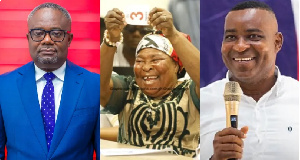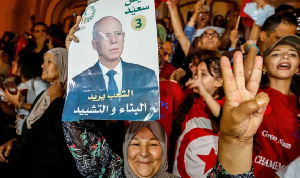- Abaare Reports
- Addi Kujay
- AfricaCNNnews
- Afriyie Kwaku Boachie
- AHAFO
- Alby News Ghana
- ASHANTI
- BONO EAST
- BRONG AHAFO
- Canard Afriq
- Cash In Trash
- CENTRAL
- Cherries
- Club Mate
- Courageous World
- Crest City News
- Current Affairs
- Daily Biz
- DailySpot
- Daniel Kaku
- Da Spicy News
- DC KWAME KWAKYE
- EASTERN
- EBI
- Facts Check
- Gabs Feed
- Ghana News Timeline
- Ghana News Update
- Godblessed1
- GREATER ACCRA
- Great Okocha
- Harry Graphic
- iNews
- Info News Ghana
- King B
- Kofipedia
- Lovely
- Managing GH
- Man Zekay
- Mart News Empire
- Maxkaytheblogger
- Mohammed Zakwan
- MyDailyNews
- Nana Kay News
- News Hub GH
- News Today
- News Zone 360
- Nine 9
- NORTH EAST
- NORTHERN
- ObuabaMedia
- OTI
- Priests News
- Royalnews360
- Sahara Writers
- SAVANNAH
- Simpsons Blog
- Skate News
- Smart News Ghana
- SpinnerWeb
- Teddytheblogger
- Ted News Ghana
- The news
- TheoNews
- Trending Now
- UPPER EAST
- UPPER WEST
- VOLTA
- Wadupgh
- Web Brief
- WESTERN
- WESTERN NORTH
Alby News Ghana Blog of Thursday, 4 May 2023
Source: Alby News Ghana
Ashanti Region ranks first in 2022 RBI

The dignitaries who will release the RBI report
With an average score of 79.42% on the 2022 Regional Brand Index (RBI), the Ashanti region has emerged as the top region brand.
The Ashanti region performed best in terms of culture and heritage, local tourism, and its local population, out of the nine criteria used for the ranking.
Local People, Culture and Heritage, Local Governance, Local Tourism Assets, Peace and Security, Investment Climate, Natural Environment, Built Environment/Infrastructure, and Local Economic Climate were among the criteria.
This was disclosed last Thursday in Accra, when the Chartered Institute of Marketing, Ghana (CIMG) launched the RBI report.
Regional brand is the totality of a region's perceptions in the minds and emotions of its audiences. This includes its people, locations, culture, language, history, cuisine, fashion, and notable figures.
Mr. Isaac Gwumah, Lead, RBI Report, stated that the Ashanti region was followed by Greater Accra, Eastern, and Central regions (in decreasing order), and that these four regions comprised the top 25% of the classification.
Although Greater Accra ranks second overall, it receives the highest marks for its culture and heritage, local tourism, investment climate, and local population.
"The region brand with the lowest ranking is Ahafo, and it receives the lowest ratings for all evaluated parameters. "The four regions in the bottom quartile of the ranking, Oti, North-East, Savannah, and Ahafo (in decreasing order), are all newly created," he explained.
Dr. Kasser Tee, national president of CIMG, stated that the purpose of the report was to uncover and emphasize the economic and tourism potentials of each of the nation's sixteen regional brands.
"The objective was, among other things, to complement and reinvigorate the government's original Brand Ghana agenda and to help give meaning to Ghana's "Year of Return" and "Beyond the Return," he added.
He emphasized that the CIMG had resolved to educate the general public about the existence of the 16 regional brands and, subsequently, the 261 Metropolitan, Municipal, and District Assembly brands, which were all classified as sub-brands with distinct and unique potentials for attracting patronage and bolstering their local economies.
"Knowledge of how the 16 regions are rated according to these criteria is an invaluable marketing asset, as they serve as the necessary catalysts for regional or local development. Obviously, these are helpful indicators for investors pursuing opportunities in Ghana's various regions," he added.
He disclosed that the RBI was inspired by Simon Anholt, who devised the concept of the Nation Brands Index in 2005, adding that Anholt is one of the world's foremost authorities on the branding of countries, regions, and cities.
Dr. Tee stated that these regions needed to consciously and deliberately promote what they had to offer by identifying their strengths and making them appealing to consumers.
"In order to acquire a better reputation, a regional brand must communicate overtly and covertly to its audience how great the region is. This is how to construct resilient and robust regional identities, he added.











